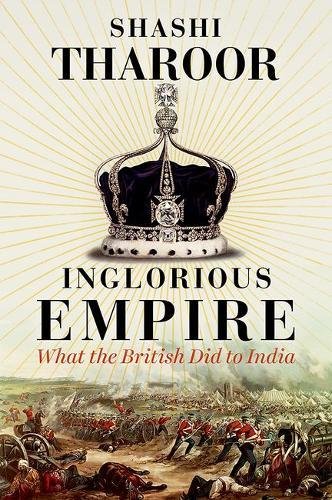Revisiting history

What we read in school sticks and leaves an imprint in our minds. Some historical figures in history stay etched and a few qualities remain in memory. Several people who love history are now culling out information from original letters, manuscripts, firmans, documents, excavations, translations from Persian documents and other sources to know more about life, of men and women of those times.
It is widely believed that the fourth Mughal Emperor Jahangir was incapable and the sixth ruler Aurangzeb, the least effective. This is the impression that most school going children in India have about these two Mughal rulers. However, these notions are being challenged by several historians and writers by revisiting history and rediscovering their rule.
For instance, in the latest book, ‘Jahangir: An Intimate Portrait of a great Mughal’ by Parvati Sharma, published in 2018, the author says, the only image of Jahangir is that of a weak monarch and a drunk. Parvati believes that there is much more to Jahangir and that he was sandwiched between his father Akbar and his son Shahjahan. Little credit is given to him as he rose above his addiction and became the emperor.

Modern historians and writers say that some perceptions remain and students carry a certain image lifelong. To fight addiction and become an emperor takes a lot of willpower and that could a big lesson for all. Stereotyping does not take much time and generations are fed on texts that are not revised.
A dispassionate study of history with all the achievements, valour, weaknesses and landmark events of a particular period in history, bereft of prejudice is the birth right of people. Reducing rulers to a few paragraphs is a disservice.
Audrey Truschke, an assistant professor at South Asian history, Rutgers University, New Jersey in her biography Aurangzeb-The Man and the Myth, published in 2017, says there is an untold side to him as a man who strove to be just, worthy Indian king.
There is a lot of material on Aurangzeb’s destruction of temples but there is evidence of him building temples as well. In her book, Audrey says, he employed a number of Hindus and opposed bigotry against Hindus and Muslims.
The narrow view of looking at history only from the Hindu-Muslim lens can be damaging. There cannot be just a good and a bad ruler. Every ruler has certain good and bad but stereotyping rulers does not bring out reality.
Inglorious Empire by Shashi Tharoor, published recently brought to light concreate facts such as; India’s share of the world economy at the start of the 18th century was 23% and when the British left it was around 3%. In schools’, children have been taught how the British looted India but backing this assertion with data is making everyone sit up and take notice.


